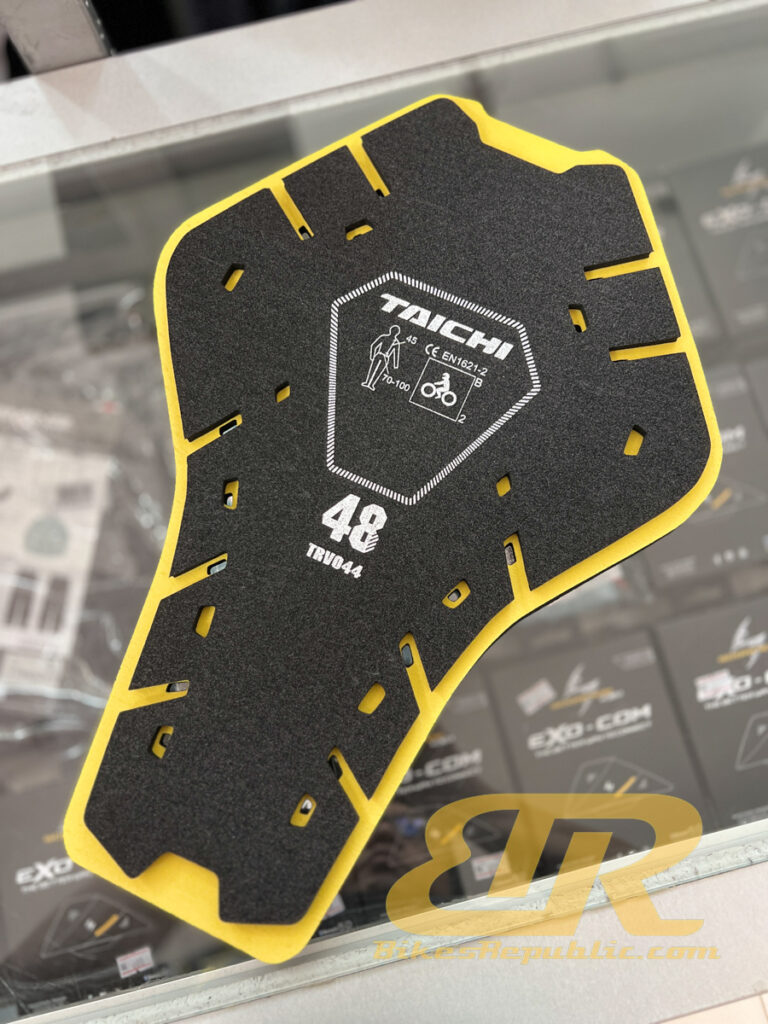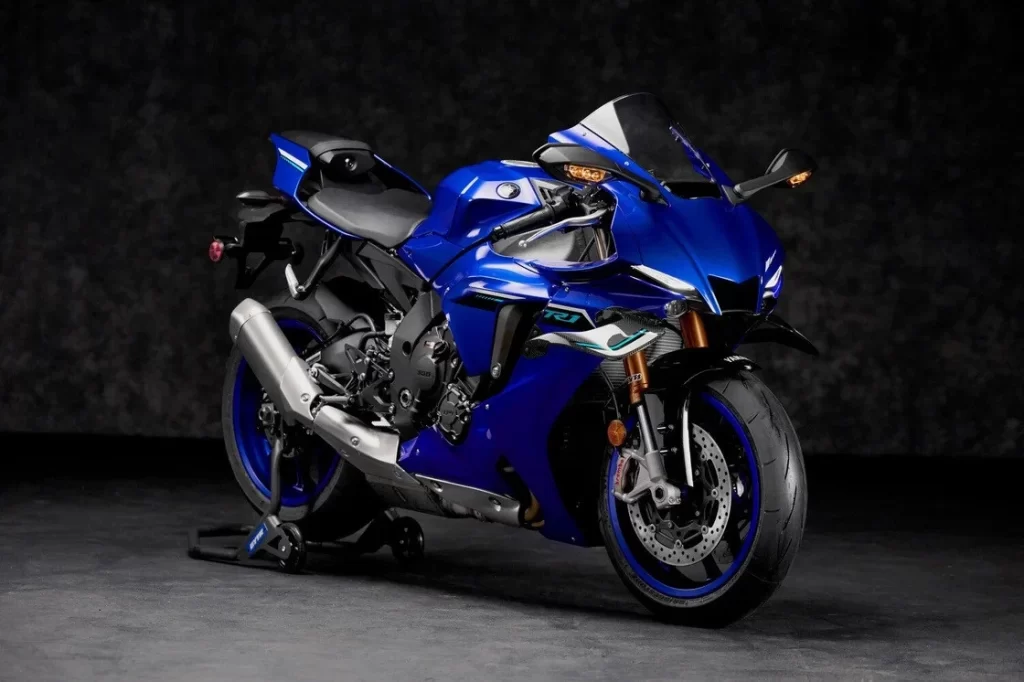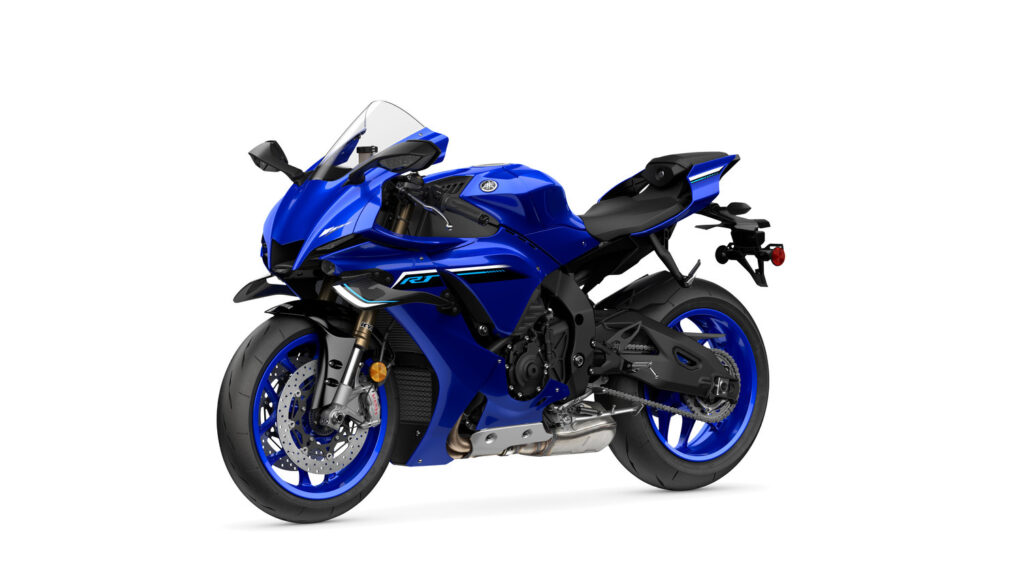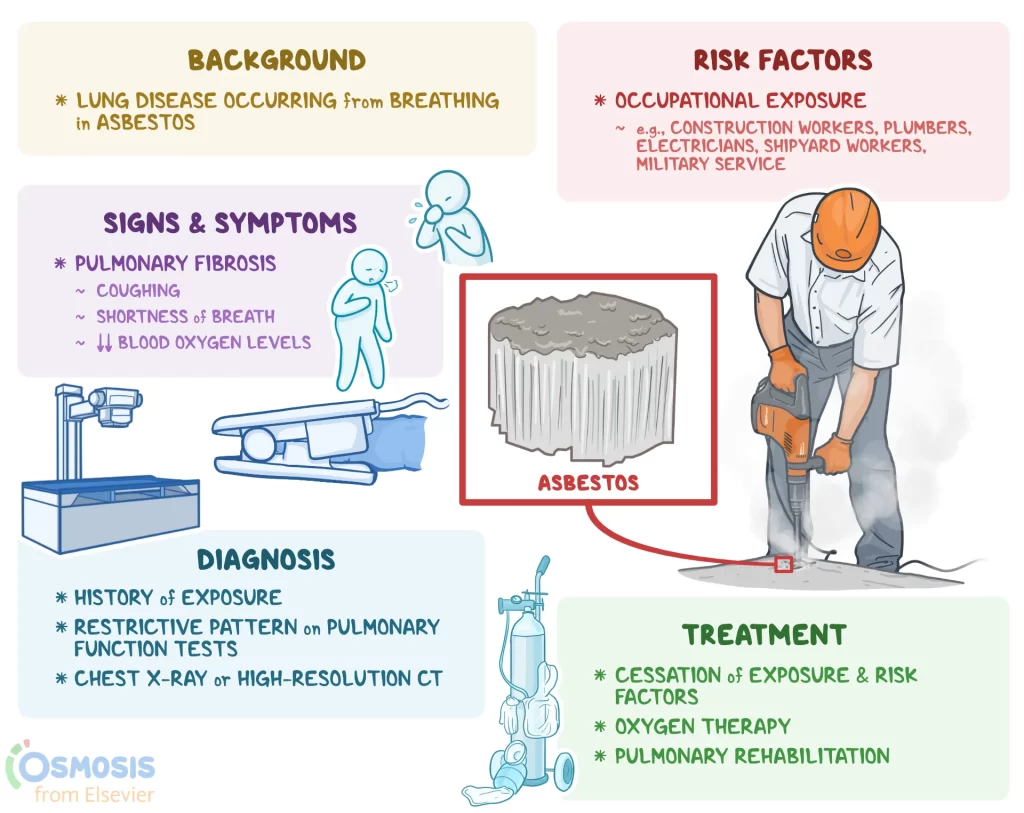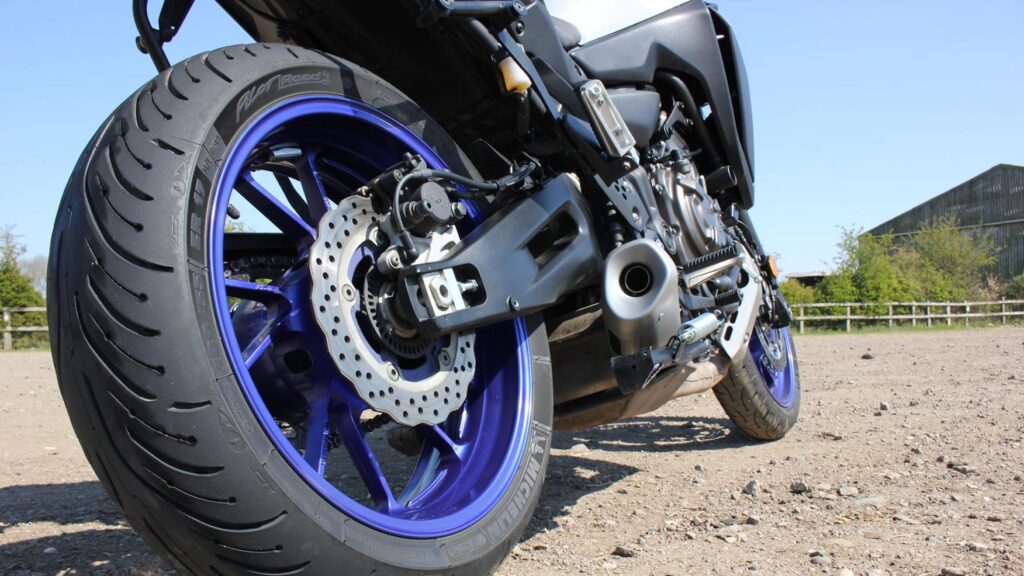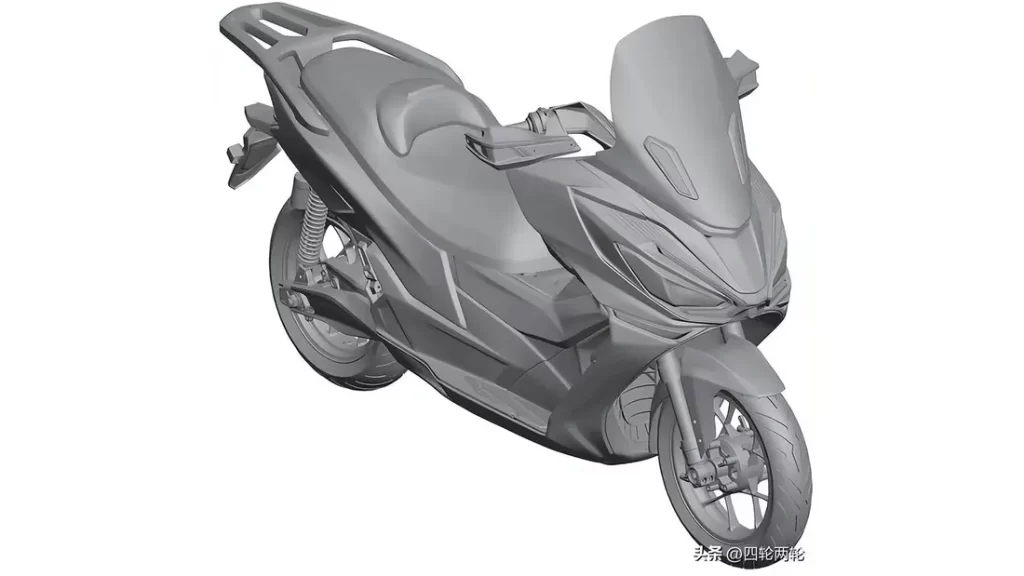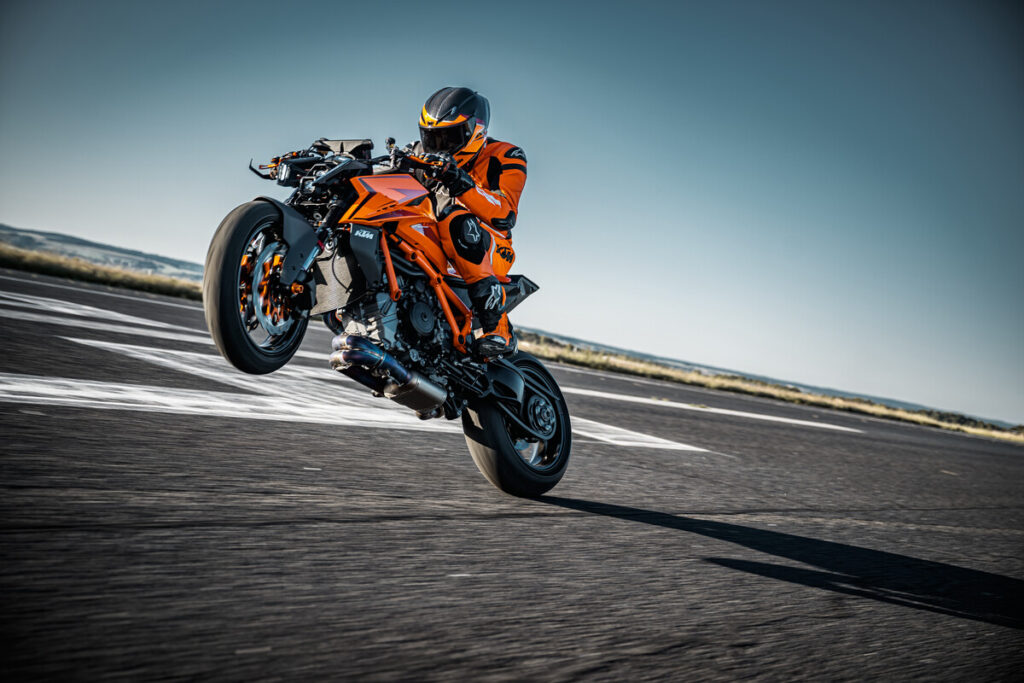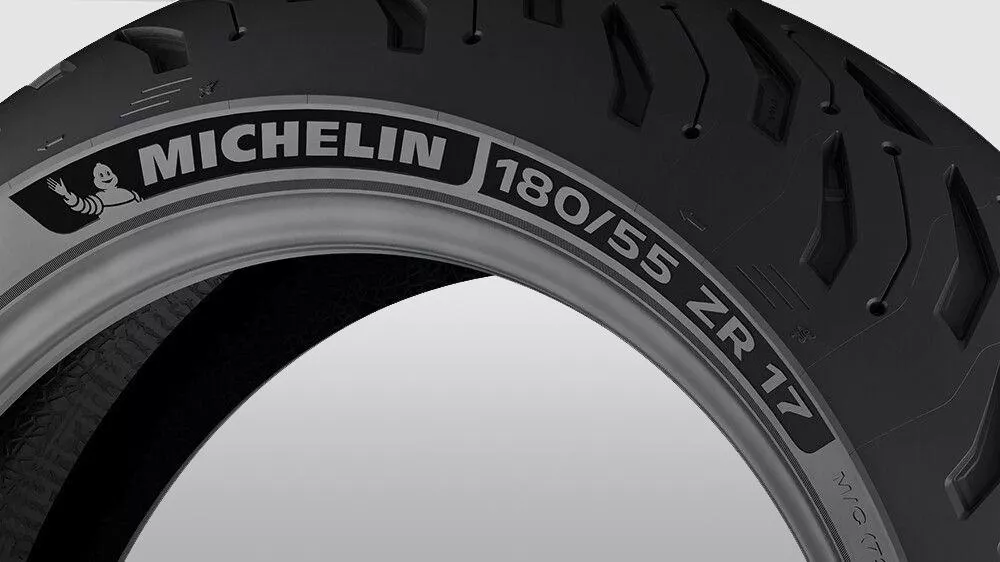As we mentioned earlier, the road legal Yamaha YZF-R1 is now only available for all other markets except in the UK and Europe due to Euro 5 emissions restrictions. However, the bike can be sold in the UK and EU markets in competition form only. As such, here are the track-only 2025 Yamaha YZF-R1 Race and 2025 Yamaha YZF-R1 GYTR.
2025 Yamaha YZF-R1 Race
This is the base model in the competition range, and as usual, Yamaha claims that it is inspired by the YZR-M1 MotoGP bike. All road-legal equipment have been removed, leaving only the necessities, including the large carbon fibre front wings. The factory did not publish how much downforce they add on, though.

The forks are KYB 43mm upside-down units, adjustable for compression dan rebound damping. These are conventionally adjusted unlike the electronically-controlled type on the road-legal R1. This is because most racing series (apart from the FIM EWC) ban electronically-controlled suspension. Besides, professional riders prefer manually-controlled suspension as they provide better feel.
Front brakes consist of Brembo Stylema monobloc calipers.

Highlights:
- New MotoGP-inspired downforce winglets.
- New generation KYB front forks.
- New Brembo front master cylinder and Stylema calipers.
- New grippy seat cover.
- Fully track-focused, all road components removed.
- 998cc 200PS crossplane 4-cylinder engine with linear torque.
- Sophisticated electronics package.
- 6-axis IMU with Gyro/G sensors for 3D motion data.
- Banking sensitive Traction Control (TCS) and Slide Control (SCS).
- Power Delivery Modes (PWR).
- Front Lift Control (LIF) and Launch Control (LCS).
- Quick Shift System (QSS).
- Engine Brake Management (EBM) and Brake Control (BC).
- Short wheelbase aluminium Deltabox frame.
- Upward truss type aluminium swingarm/magnesium rear frame.
- Magnesium rear wheels and 17 litre aluminium fuel tank.
- 4.2 inch TFT instrument panel with Track Mode.

2025 Yamaha YZF-R1 GYTR
The GYTR (Genuine Yamaha Technology Racing) unit is the Pro Shop for the brand. The R1 GYTR is said to “leave no stone unturned in the pursuit of racing performance”. It features all the upgrades to the R1 Race, along with a host of “race-developed” GTYR parts. Each GYTR model is also built in one of Yamaha’s specialist GYTR PRO Shops, and is homologated to meet the FIM Superstock 1000 regulations right out of the crate.

Above the spec of the R1 Race, the new 2025 Yamaha YZF-R1 GYTR features a higher level of adjustability in the bike’s ECU, and rider ergonomics, thanks to fully adjustable rearsets and handlebars.
The front brake system uses the same Stylema calipers, although on the GYTR model they are fitted with Z04 racing pads and GYTR brake lines. There is also a thumb brake lever for the rear brake. A race-spec wiring loom hides underneath the fairing, and exhaust gases are shot out of an Akrapovic silencer.
Suspension is Öhlins, of course.
Highlights:
- New black glass fibre race cowl with MotoGP-inspired winglets and sticker kit.
- New generation KYB front forks.
- New Brembo front master cylinder and Stylema calipers.
- New GYTR race rear set.
- New GYTR R1 handlebar set.
- GYTR Racing ECU (SST spec).
- GYTR Racing Wire Harness.
- Akrapovic Race muffler with mid-damper system (<100 dB).
- GYTR AIS plug set.
- 15/42T 520 sprockets and 520 racing chain.
- GYTR ABS emulator.
- GYTR ON/OFF switch.
- GYTR brake line set.
- GYTR racing fuel cap.
- GYTR engine cover set.
- GYTR sharkfin rear sprocket guard.
- GYTR brake lever guard.
- Stand hook set and rear racing stand.
- GYTR steering stoppers.
- GYTR racing screen.
- Brembo Z04 racing brake pads.

Yamaha has net set a price for both models.






















